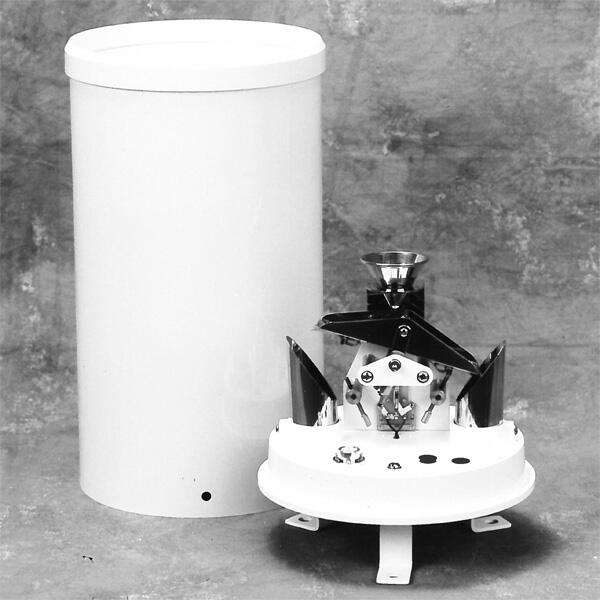Rain Gauge Description: Understanding Its Function and Types

# Rain Gauge Description: Understanding Its Function and Types
A rain gauge is an essential tool used to measure the amount of precipitation that falls over a specific area during a set period. It is widely used in meteorology, agriculture, hydrology, and environmental studies to monitor rainfall patterns and assess water resources. Understanding how a rain gauge works and the different types available can help you choose the right one for your needs.
## What is a Rain Gauge?
A rain gauge, also known as a pluviometer or udometer, is a device designed to collect and measure liquid precipitation, primarily rainfall. It typically consists of a funnel that directs rainwater into a measuring cylinder or container. The collected water is then measured in millimeters or inches, providing an accurate reading of the rainfall amount.
## How Does a Rain Gauge Work?
The basic principle of a rain gauge is simple: it collects rainwater and measures its volume. Here’s how it works:
– Collection: Rainwater enters the gauge through a funnel, which directs it into a measuring cylinder or container.
– Measurement: The collected water is measured using a calibrated scale. The measurement is usually expressed in millimeters or inches, representing the depth of water that would cover a flat surface if the rain did not drain or evaporate.
– Recording: Some advanced rain gauges come with automated systems that record data over time, allowing for continuous monitoring of rainfall patterns.
## Types of Rain Gauges
Rain gauges come in various designs, each suited for specific applications. Below are the most common types:
### 1. Standard Rain Gauge
The standard rain gauge, also known as a manual rain gauge, is the simplest and most widely used type. It consists of a funnel and a measuring cylinder. Users manually record the rainfall by reading the water level in the cylinder. This type is cost-effective and easy to use but requires regular manual checks.
### 2. Tipping Bucket Rain Gauge
The tipping bucket rain gauge is an automated device that uses a small bucket mechanism to measure rainfall. When a certain amount of rainwater fills one bucket, it tips over, emptying the water and triggering a sensor to record the event. This type is ideal for continuous monitoring and is commonly used in weather stations.
### 3. Weighing Rain Gauge
A weighing rain gauge measures rainfall by weighing the collected water. As rainwater accumulates in a container, the weight increases, and this change is recorded electronically. This type is highly accurate and can measure other forms of precipitation, such as snow, by melting it first.
### 4. Optical Rain Gauge
Optical rain gauges use light beams to detect and measure rainfall. When raindrops pass through the light beam, they scatter the light, and the device calculates the rainfall intensity based on the scattering pattern. This type is often used in research and advanced meteorological applications.
## Applications of Rain Gauges
Rain gauges are used in a variety of fields, including:
– Meteorology: To study weather patterns and predict future conditions.
– Agriculture: To monitor rainfall for irrigation planning and crop management.
– Hydrology: To assess water resources and manage flood risks.
– Environmental Studies: To track changes in precipitation due to climate change.
## Conclusion
Rain gauges are invaluable tools for measuring and understanding precipitation. Whether you need a simple manual gauge for personal use or an advanced automated system for professional applications, there is a rain gauge type to suit your needs. By choosing the right rain gauge, you can accurately monitor rainfall and make informed decisions in various fields.
Keyword: rain gauge description

